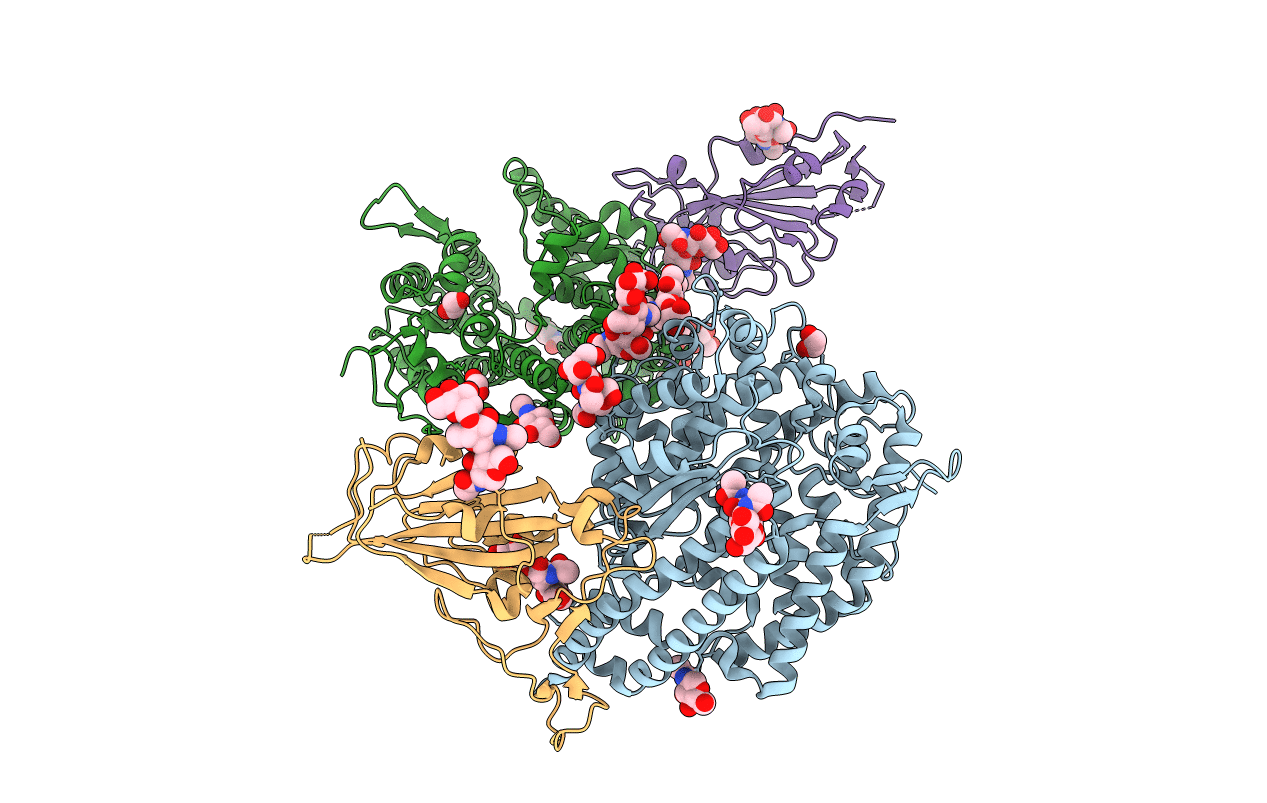
Deposition Date
2020-02-18
Release Date
2020-03-04
Last Version Date
2024-10-23
Entry Detail
PDB ID:
6VW1
Keywords:
Title:
Structure of SARS-CoV-2 chimeric receptor-binding domain complexed with its receptor human ACE2
Biological Source:
Source Organism:
Homo sapiens (Taxon ID: 9606)
Human SARS coronavirus (Taxon ID: 694009)
Severe acute respiratory syndrome coronavirus 2 (Taxon ID: 2697049)
Human SARS coronavirus (Taxon ID: 694009)
Severe acute respiratory syndrome coronavirus 2 (Taxon ID: 2697049)
Host Organism:
Method Details:
Experimental Method:
Resolution:
2.68 Å
R-Value Free:
0.22
R-Value Work:
0.19
R-Value Observed:
0.19
Space Group:
P 1 21 1


